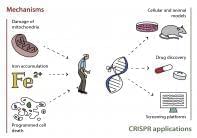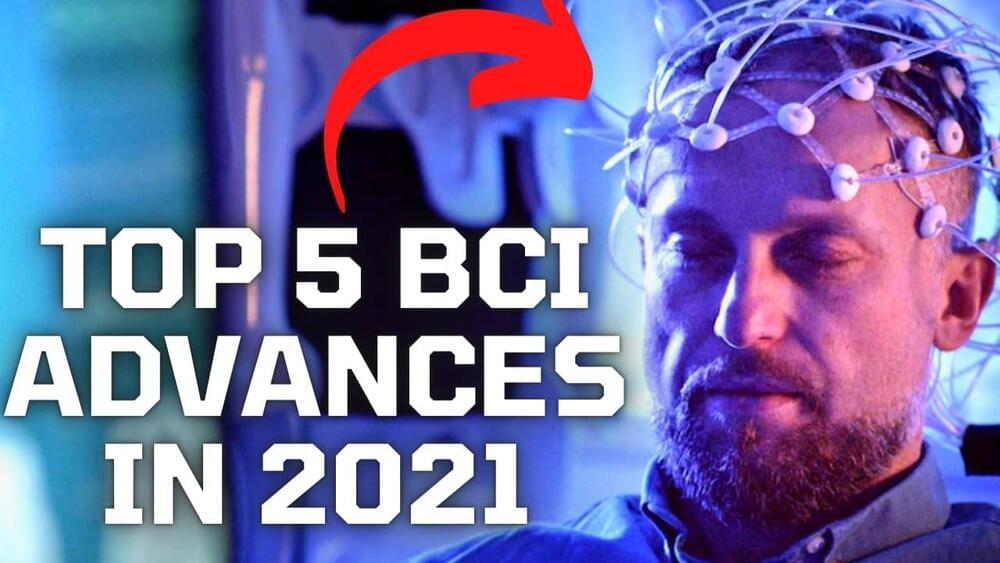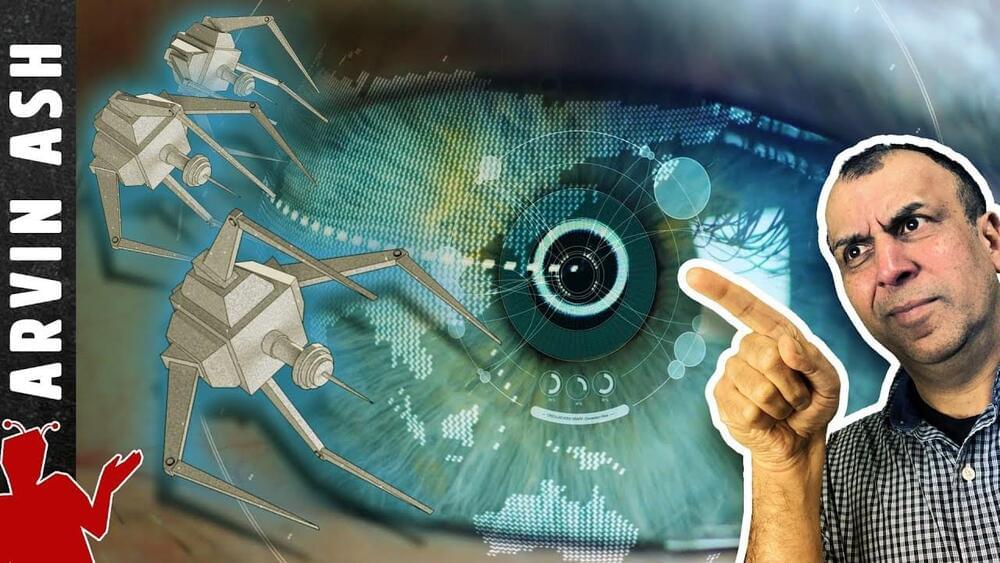In October, world leaders came together for the annual meeting of the Commission for the Conservation of Antarctic Marine Living Resources (CCAMLR), the regulatory body that governs the waters around Antarctica. Yet CCAMLR failed to establish vital protections for Antarctica’s Southern Ocean once again despite resounding international support for the Commission to take sweeping conservation actions.
CCAMLR was first established in 1982 in response to growing commercial interest in Antarctica’s ocean resources, particularly krill. Since then, CCAMLR has passed many conservation measures to protect Antarctica, including measures that established the South Orkney Islands and Ross Sea marine protected areas (MPAs) in 2009 and 2016, respectively. But in recent years, CCAMLR has failed to establish additional MPAs despite the Commission’s formal commitment to establish a network of MPAs around the continent over a decade ago. Today, only about 5% of Antarctica’s Southern Ocean is protected.









